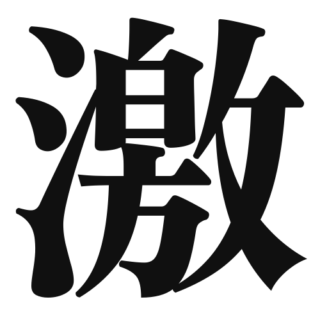 N1
N1 激
1. Overview of MeaningThe kanji "激" (geki) means "intense," "violent," or "fierce." It is often used to describe strong ...
 N1
N1 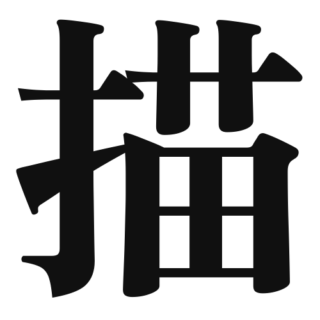 N1
N1 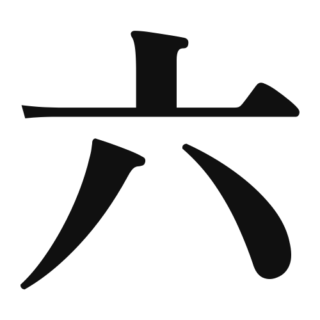 N5
N5 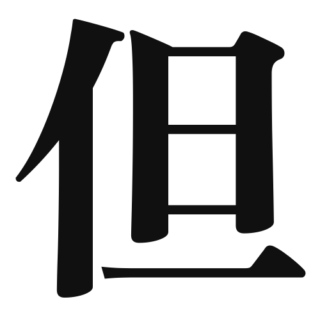 N1
N1 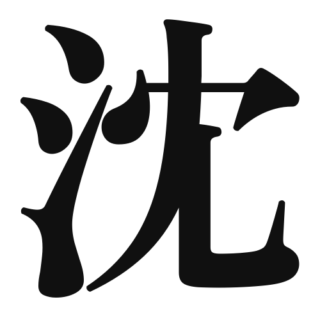 N2
N2 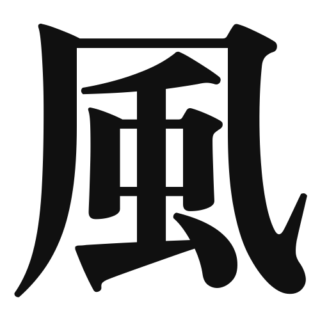 N4
N4 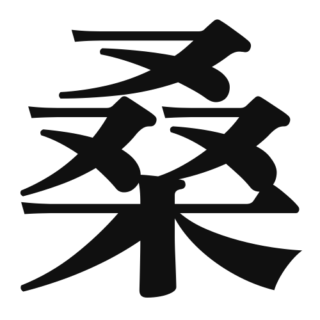 N1
N1 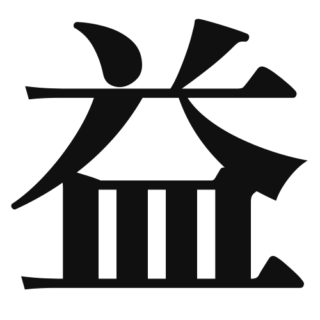 N1
N1  N1
N1  N5
N5